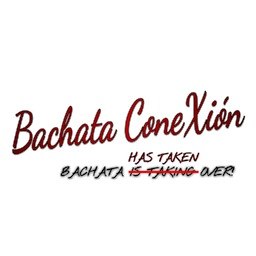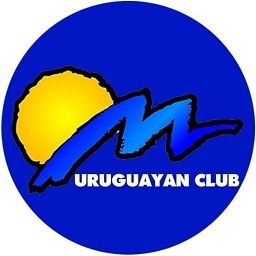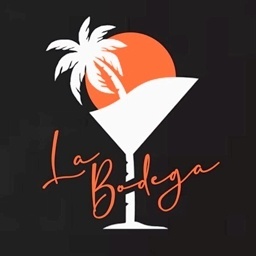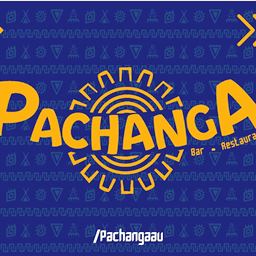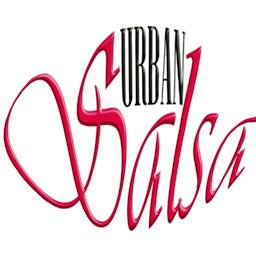Search Results for: Latin dance world
Gustavo Collazos
Latinoamerica / Colombia / Cali
Gustavo Collazos tells us. Its history and its Salsa Caleña
Did you know that in the beautiful city of Cali, Colombia, the rhythm that prevailed both musically and commercially and culturally of all the Latin rhythms that came to the country was Salsa? A musical style from the Caribbean, which over time achieved an evolution, giving rise to Salsa Caleña, a new and different style of composing and dancing Salsa that is characterized by being a very fun, cheerful, fast dance by the dancers who dance it. they dance.
Well this time we have the opportunity to meet Gustavo A. Collazos, founder and director of the Academia Fiebre Latina, who tells us his story as a dancer and lover of Salsa Caleña:
Gustavo Collazos, has been a lover of Salsa since he was 8 years old, from his 14 years he dedicated himself to teaching salsa dance to the children of the sector since it was something that he was passionate about.
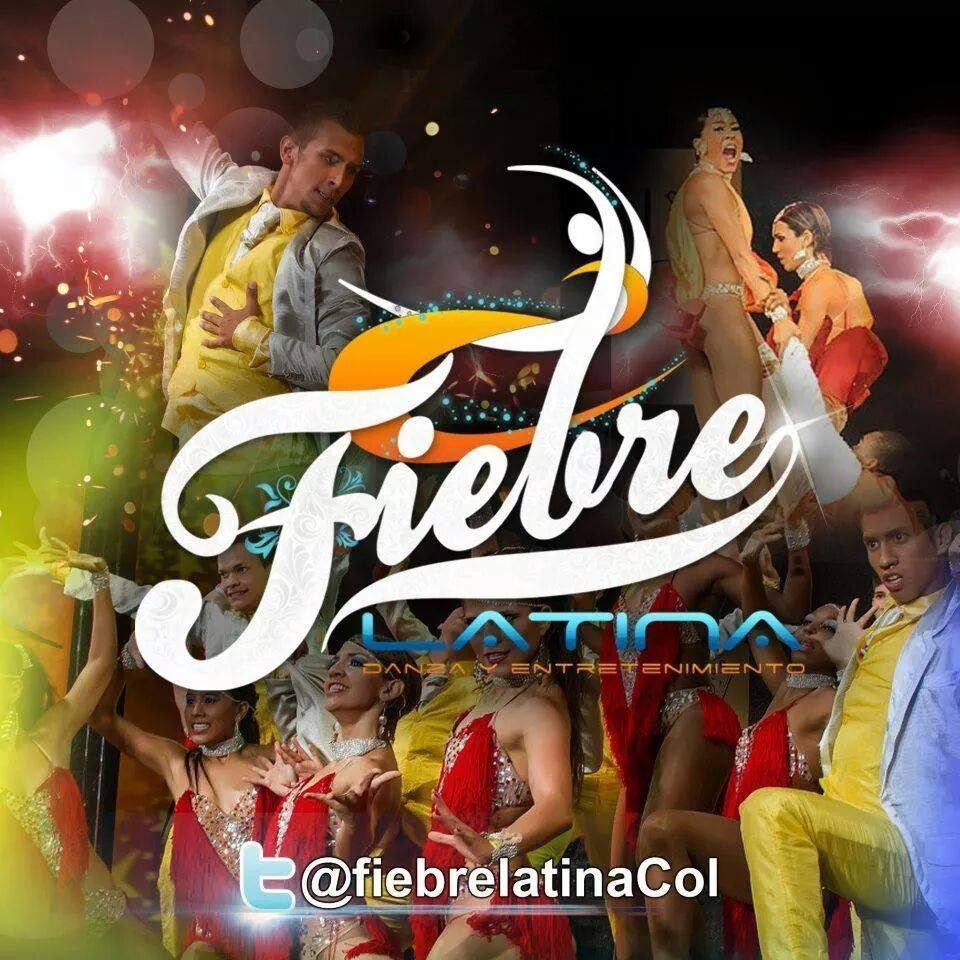
With the passage of time, he formed the “Latin Fever” Academy in Colombia, thanks to the support of his brother and partners, including “Carlos Ceballo” director of “Salsa Pura”, a company dedicated to teaching foreigners in Cali, ” Francy Barahona” based in Paris, pioneer of Salsa Caleña in Europe, “Eduardo Alban” with Anfitriones, who trains new talents to give continuity to the process.
With the aim of creating a brand that would be different in the musical world, they began to merge acrobatics, rhythms and techniques from other dance disciplines of all genres but based on Salsa Caleña, placing them in a competitive and show format creating an unstoppable fever.

Currently the Fiebre Latina Academy has not had a headquarters for 3 years, so Gustavo dedicated himself to expanding Salsa in the USA as artistic director of “Cali Salsa Miami”; He is known and considered by his students and/or followers to be a teacher, due to his career and contribution to salsa. For now, he has toured Colombia, Switzerland, Miami and India (currently living there) expanding his culture as a dancer, workshop facilitator and choreographer. , letting people know how spectacular is.. Salsa

Now I start a project in “Casa Latin”, where they bring the experience of living Latin dance, especially Salsa Caleña, the festivity and joy in India, making them the pioneers in Asia and under the support of their brand and experience to position their culture there.

He had the opportunity to be a finalist in the Reality Colombia has talent version of “Got Talent” where he contributed the knowledge of recognizing salsa as a significant element in high-performance shows.
To learn with the “Casa Latin” Academy, it is not necessary to have experience, that is, you can start from scratch according to your dance goal, participating in the classes. Gustavo mentions that “Dancing is not just exercise, dancing frees you, leads you to set goals, to achieve them, to enjoy the melody of music, to meet cultures, people and make new friends”…
“dancing is a profession like any other, we are dreamers who leave everything they have learned in their life in a person, and it remains eternally in their being, we not only teach to dance we give emotions, moments, life. Once you start dancing you can’t stop. It is you, your partner, the music and the world put into a melody”.

For more information:
WebSite:
- Fiebre Latina: https://www.fiebrelatinacolombia.com/
- Casa Latín: http://casalatin.com/
Facebook:
- Gustavo A. Collazos: https://www.facebook.com/fiebrelatinacol
- Fiebre Latina: https://www.facebook.com/fiebrelatinacolombia/?timeline_context_item_type=intro_card_work&timeline_context_item_source=100000181341290
- Casa Latín: https://www.facebook.com/CasaLatin/
Instagram:
- Fiebre Latina:
- Casa Latín: https://www.instagram.com/casalatin/
Twitter:
- Fiebre Latina: https://twitter.com/fiebrelatinacol?lang=es
- Casa Latín: https://twitter.com/casalatin
YouTube:
- Fiebre Latina: https://www.youtube.com/fiebrelatina
- Casa Latín: https://www.youtube.com/channel/UCTIUEsU50MX8TT_EsXS6Inw
Teléfono:
- Casa Latín: +91 87929 23775 / +91 73491 52846
Shine the Movie is coming to all US Theaters on August 24th
North America / USA / New York
Hang out on August with the best Latin thematic movie on August 24th in all US Theater. Shine is a Latin American musical film that is framed in the drama genre with a very current content that will immerse you in the life of two young brothers, SALSA dancers with broad and recognized trajectories that after the death of their father years later, return to meet, each in a different city and in opposite poles of the gentifricación.
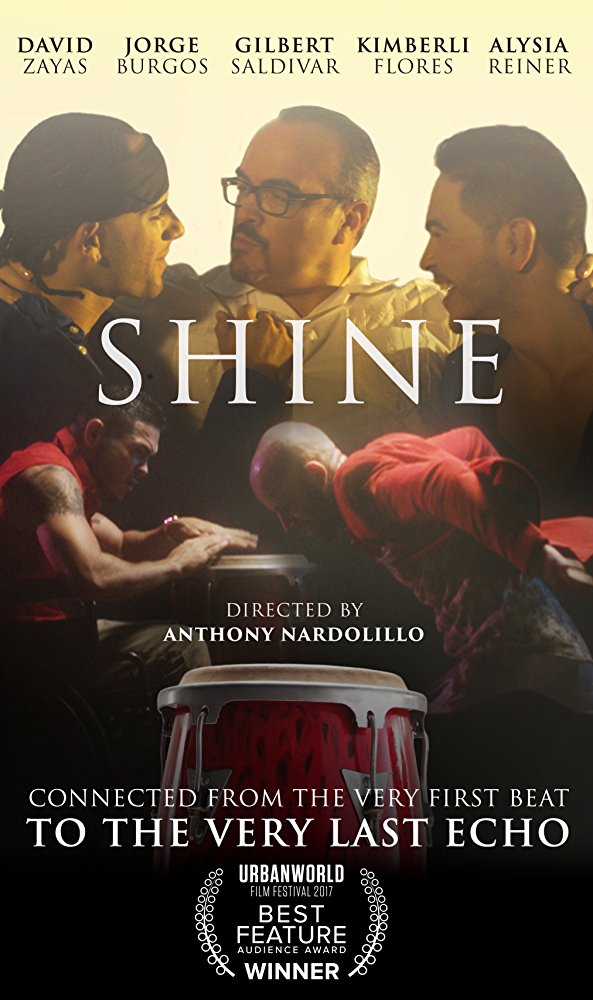
This musical with sound track based in the Golden Age of the Salsa Sound Bands and the Hottest Latin Urban Scene of the Moment has a leading cast mostly made up of famous dancers from Latin Music and Pop.
This movie that also narrates the cultural and political moment that we are currently crossing was shot in the Puerto Rican area of New York, has its own musical themes due to an alliance with Fania Records and the Latin titans of Sony Music, Marc Anthony and Romeo Santos, “El Sabor” of New York hip-hop of the Puerto Rican rapper and winner of the Grammy Award Big Pun, and the rap duo The Beat Nuts.
Shine has been the Latin thematic film with the highest collection on Kickstarter and with this Latin musical its director Anthony Nardolillo sought to remind viewers of the power that exists when members of Latino communities in the US join.
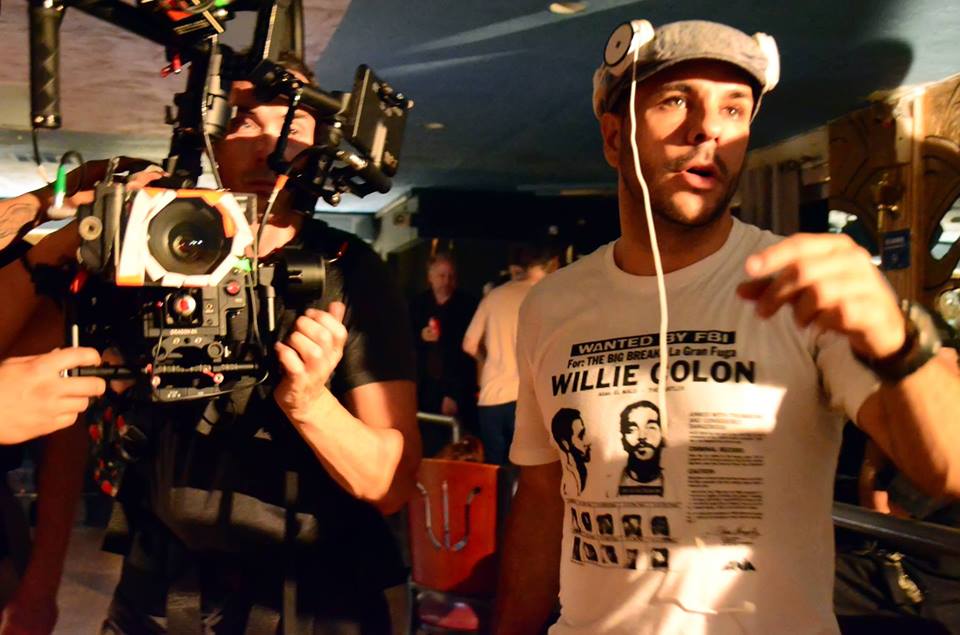
“Its marketability on various platforms is the direct result of a team of passionate creators with a unifying message on a cultural level, and we are very proud to bring this film to the public”. Geno Taylor of GVN Releasing.
“Shine is a passionate, vibrant film with a current theme. It’s the perfect film for the launch of Forgiven Films, where we want to share unique voices and stories and bring quality entertainment to the less represented audience”. Steven Belmont, president of Forgiven Films.
In September 2017, the film won the Audience Award for “Best Film” at the Urbanworld Film Festival, sponsored by HBO and supported by Ava DuVernay. Tickets for this projection were sold out 48 hours in advanced setting a new record in the history of this festival.
“In 2017 Latin music and dance globally dominated record sales, streams and headlines in unprecedented numbers. There is no better time than now for a film like this”, said Brian O’Shea of The Exchange.
Director:
Anthony Nardolillo, director and also actor has produced several national and international projects related to Latin dance, such as the short film “Mano” acclaimed by the specialized critics.
Starring:
David Zayas
He was born on August 15th, 1962 in Ponce, Puerto Rico. He joined the United States Air Force, where he was able to acquire the experience to become a New York police officer, which served him for roles later. He is an actor of Cinema, Theater and Television recognized for his work on Skyline (2010), The Expendables (2010) and Dexter (2006) and the series “Gotham” by Warner Bros playing the mobster Salvatore Maroni.

Alysia Reiner
She is best known for her role as Natalie “Fig” Figueroa on the Netflix hit series Orange Is the New Black (2013), for which she won a Screen Actors Guild award as part of the ensemble cast. She also worked in the FX show Better Things (2016). Additionally she played District Attorney Wendy Parks on ABC’s How to Get Away with Murder (2014), Lilian Izikoff on Rosewood (2015) and Fiona in the TNT series Search Party (2016).
Reiner starred with Anna Gunn in Equity (2016) about the first female-driven Wall Street film, which she also produced. Other recent films include “School Spirits” and Whitney Cummings’ “The Female Brain”. She was recognized as an Intelligent Optimist in Ode Magazine and profiled by New York Women in Film and Television as a woman to watch.

Kimberli Flores
She is an actress, known for her work in important films, such as: 30 Beats (2012), Actors Anonymous (2017) and Bad Twin (2016).

Gilbert Saldivar
He is an actor and professional Mexican-American dancer, known worldwide for his works in blockbuster movies like: Dexter (2006), From Justin to Kelly (2003) and Magic Hour and for being the choreographer of great celebrities such as: Jennifer Lopez, Christina Aguilera, and Madonna.
Jorge Burgos
Better known as Jorge “Ataca” Burgos is an acclaimed bachata instructor who debuts as an actor in Shine.

Music by Eduardo Reyes Napoles.
Premier: August 24th.
“Los bailes latinos continúan creciendo en popularidad cada año y los vemos en algunos de los mejores programas televisivos. El mensaje sobre el orgullo que debemos sentir por nuestra comunidad y herencia no podía resultar más urgente y de actualidad. SHINE fusiona estos elementos con un set ardiente y excitante, con una banda sonora interpretada por estrellas musicales latinas, todo ello entrelazado con una poderosa narrativa. Esta película está narrada con nuestra propia voz, por un reparto donde los intérpretes poseen talentos brutos muy diversos que no han tenido cabida en las películas de Hollywood – hasta ahora”. Anthony Nardolillo.

For more information about SHINE the Movie, please visit
www.shinethemovie.nyc or like them on Facebook: www.facebook.com/shinefilm
Vídeo (Trailer): https://youtu.be/9EUs0eh_js8

Edgardo ‘‘El Bambino’’ and his extensive and interesting musical career
Edgardo ”El Bambino” Otero Lugo is the one to whom we want to dedicate some of the lines of this edition in International Salsa Magazine. The talented Puerto Rican vocalist has given us a few minutes of his time to talk exclusively about his beginnings, his career and other unpublished details that are not read in other media.

Edgardo’s childhood and music
As Edgardo’s childhood took place in his hometown of Vega Baja, Puerto Rico, the artist recalls that he would sit on the balcony of his house and play with buckets and sticks to pretend to play music. His mother, fed up with the noise he made, decided to enroll him in the school choir so that he could explore his curiosity about music in a more professional way. That was when he was in the fifth grade of the elementary school.
As the years went by, the boy’s love for music just kept growing, until he got his first big opportunity thanks to singer-songwriter Edwin Crespo, who had already written for famous groups such as La Sonora Ponceña at the time. Back then, Edgardo was only 14 or 15 years old, so he still needed a lot of guidance on these issues, so maestro Crespo was the ideal person for that.
It just so happenes that Pedro Crespo, Edwin’s father, was the founder of his own orchestra and grandfather of some of Edgardo’s cousins. Since they all lived nearby, Edwin heard him singing one day and liked his voice, so he offered to teach him how to sing professionally and invited him to join his Orquesta Ética, which is where it all began.
By being part of the Orquesta Ética, Edwin decided to spend two or three days a week explaining to Edgardo what to do and how to do it so that everything would go wonderfully for the young vocalist, and that is exactly what happened. So much so that Edgardo spent about three years singing for the group, in which he claims to have learned much of what he knows today.

The Rukanos
After having left Orquesta La Ética, Edgardo was also part of Orquesta Los Rukanos, which was much bigger, had more instruments and more musicians. Therefore, it represented a bigger and more complex challenge.
In 1981, he was invited to join the group by a Guyanese friend and colleague named Ferniand Pudia, who asked Edgardo to join him in a musical project he was working on, which he would name Los Rukanos, paying homage to the term used to refer to peasants and working class men in the South American country.
Alongside with this orchestra, of which Edgardo was also one of the founders, he managed to perform in completely new stages and to follow his path in the learning of this complex and rich world that is music.
Conjunto Quisqueya
During a concert in his hometown, the members of Conjunto Quisqueya heard Edgardo singing and liked his voice so much that they invited him to play with them in a project for Nelson García, who at that time was the second trumpet of the orchestra.
Having accepted the offer, the group recorded a whole LP called ”Nelson García y Merengue ’86”, which was a very nice experience for Edgardo since he had never had the opportunity to record in a studio before and finally he was able to do so. And it was not just any studio, but one of the most important in Puerto Rico, which was Tele-Sound Recording Studios.
”Playing with the members of Conjunto Quisqueya was a spectacular experience. Their musicians are wonderful human beings with whom I still have very strong friendship bonds” said Edgardo about his experience in the ensemble.

Orquesta La Nueva Época de Ángel Rivera
There were some years that merengue was gaining a lot of popularity in Puerto Rico, so the artists and groups of the moment had to adapt to fulfill the musical taste of the audience. Such was the case of saxophonist Angel Rivera, also originally from Vega Baja, who created an orchestra and invited several musicians to play with him, including Edgardo.
The result was good acceptance from the public to the extent that the orchestra participated in competitions and won some awards thanks to the work done.
This was very useful for Edgardo’s career, since he succeeded in diversifying his rhythms and learning to play new things and genres, which made him acquire a lot of knowledge. Until such time as he played with Conjunto Quisqueya, he had only done salsa, so trying merengue was really enriching for the musician.
Service time in the army
Edgardo was in the Puerto Rico National Guard for about 24 years in total and he remembers a time when he was mobilized to the Iraq War in 2006, the year in which he met Edwin ”El Calvito” Reyes, who was part of the 3rd Infantry. El Calvito” had a group whose lead singer could not speak Spanish, so he learned the lyrics phonetically in order to perform them.
The chemistry between all the members was so great that they even played a few times at the U.S. base in Baghdad, where he stayed until 2008. It was then that he returned to Puerto Rico to adapt gradually to civilian life again, during which time he met Raphy Santana and joined his Tribute Orchestra, which made music to pay homage to maestro Héctor Lavoe.
Permanent move to the United States
In 2019, both Edgardo and his wife were retired from their jobs, so they thought it was a good time for a change of scenery, as they felt that nothing interesting was going on musically. This led them to move to the United States to settle permanently there, although he continued to travel to Puerto Rico to meet some commitments with La Corporación Latina, of which he was still part at that time.
Read also: Momotombo SF with former members of Malo and Santana
ISM / October 2024

 |
 |
 |
 |
 |
|
 |
|
 |
|
 |
|
 |
|
 |
|
 |
|
 |
|
“We are the Latin music world network”
Do you enjoy Latin music? Would you like to get more involved in this genre and share your passion for Salsa, Bachata, Kizomba, Merengue and more. Why not joint our Global Team of volunteers as a correspondent?
You can ask for more details with no obligation and we’ll be happy to talk to you about the benefits that come with the role [Read more…] about ISM / October 2024




